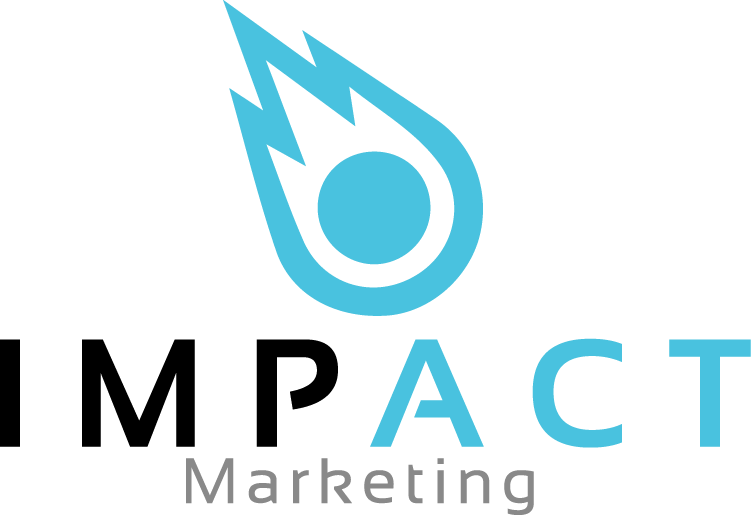The Impact of Regular Data Cleansing
Data cleansing is an on-going process of ensuring any data you hold is up to date, accurate and opted-in. It removes any records that are incorrect/irrelevant or opt-out. As data is such a vast industry, with many forms of business and consumer marketing data lists available, regular data cleansing is vital for both compliance and marketing performance.
An individual’s or business’ details can change on a daily basis. People move address, change their car, change their job etc. With this is in mind, data can lose its value and responsiveness within a very short space of time. When undertaking a direct marketing campaign, data needs to be accurate and of high quality for the campaign to succeed.
In this post, we look into data cleansing further and the impact it has on marketing campaigns. We aim to answer the question ‘Why cleanse your marketing data?’. As we own and manage a number of different data lists, we undertake regular data cleansing in-house to maximise the accuracy of each list. Furthermore, with the GDPR coming into effect in May 2018, this highlights the importance of managing your data lists correctly.
Talking to the right person at the right place
Have you ever received a phone call for someone who doesn’t live at your address? Or perhaps for someone who left your company years ago? These are the results of poor data management. Put yourself in the shoes of your target audience. Are you going to be receptive to a call which has started with the caller asking for a completely incorrect person? In these situations you fall at the very first hurdle. Inaccurate data can immediately lead the audience to switch off, and in some cases, complain. Therefore, regular data cleansing is imperative to ensure you connect with the right person at the right address.
Consider the costs that come with inaccurate data. Mailing to the wrong address, calling invalid numbers, emailing to incorrect email addresses etc are all expenditures. Not only do these errors waste time (which in marketing is invaluable) but there is also a financial cost to marketing to a data list, thus potentially increasing your cost per successful lead/appointment and new business. In order to minimise any wastage and maximise the potential revenue earnings, the data must be up to date and accurate.
Building and improving your existing data
One of the main benefits that comes from data cleansing is that it is possible to append additional information in certain circumstances. When a data company undertakes a cleansing project for you, they will first conduct an audit. This will highlight any areas where they can improve and append additional fields to the data. Depending on the data set in question, this can lead to additional contact methods not previously available becoming accessible. Any additional contact methods must of course be opted-in.
Cleansing will also remove any record that has opted-out. Therefore, when the list is used on a campaign, it is a list comprising of up-to-date, opted-in records. This is a more responsive list that will perform better on the campaign due to its targeted nature.
Connecting with your target audience on multiple platforms
As mentioned above, regular data cleansing can provide additional contact methods for the records on your data lists. This paves the way for you to market your business on a variety of platforms perhaps previously unavailable. This is known as cross-channel marketing. Having the ability to promote across different mediums provides flexibility as the recipient can view the marketing on a platform that is preferential to them. Cross-channel marketing combined with up to date data lists perform at a much higher rate than most marketing campaigns. The key to their success however is having highly accurate data available.
Getting the best performance from your data lists
Through running multiple business and consumer marketing campaigns over the years, it may come as no surprise that those that perform best are ones where the data is of the highest quality. This is the direct result of regular data cleansing. As mentioned above, an individual’s circumstances can change in a day. A mobile phone number you hold one month may be invalid the next month. In a marketing campaign, inaccurate phone numbers and email addresses are lost opportunities. The individual may be the ideal customer for your business, but with no way to market to them means that the campaign will not perform to its highest levels or yield the best results. This makes the difference between a successful or a failed campaign.
Data cleansing also addresses any spelling errors in your data lists. Sometimes through data entry, names are entered incorrectly or addresses can be slightly wrong. Therefore, when mailing to these records, an incorrectly spelt address or post code and prevent the marketing from reaching the recipient. Data cleansing helps rectify these issues before they become a problem.
GDPR
GDPR is coming into effect in May 2018. This will affect all companies across Europe that manage data lists. There are new, specific guidelines concerning the opting-in and on-going management of consumer data. With strict penalties also in place for breaches, regular data cleansing is becoming even more essential for businesses. If you do not regularly undertake data cleansing, you will not only have an unresponsive list, but you are also at risk of breaching the GDPR.
The Process Overview
We would run various steps as per below and offer you a complete ‘menu’ style report analysis. This allows you to see the exact status of your database and how we can enhance it.
- Normalisation – highlighting which records are incomplete and fail PAF validation
- De-duping – flagging up the number of matching records
- Flag the number of ‘gone-away’ and other opt-out which will include;
- Bereavement file
- Mortality file
- TPS / CTPS
- National gone-away file
Once the above processes have been undertaken and you review the results, we would be able to apply the necessary changes to make the first 3 steps actionable. This will allow us to further cleanse and add value to your database and ensure it is up to date and compliant by bolting on the following steps:
- Overlay data with our up to date information such as Demographics and other profiling fields, including opt-in information
- To send an email programme to any records that cannot be opted-in by previous steps/methods to gain their opt-in and fulfil compliance
- Any records unable to be opted-in through previous stages can be called to obtain opt-in and permission, making those also fully compliant
Summary
Having a clean, up to date data list is imperative for the success of your marketing campaigns. It means you contact opted-in individuals/businesses with the correct contact details. An inaccurate database will only lead to people switching off or even complaining. In some cases, incorrect contact details prevent you from being able to contact an individual/business in the first place.
Regular data cleansing is therefore a necessity for your business. With the GDPR coming into effect next year, it is vital you cleanse your data on a regular basis.
If you currently hold a data list that you perhaps have not used for a while, our data cleansing service includes a variety of data cleansing methods that we can utilise for the benefit of your business. Alternatively, we own and manage a number of data lists which you can licence for your business.
Get in touch today and a member of the team will be happy to advise on what we can provide for the benefit of your business and your marketing campaigns.


some truly wondrous work on behalf of the owner of this site, utterly great written content.